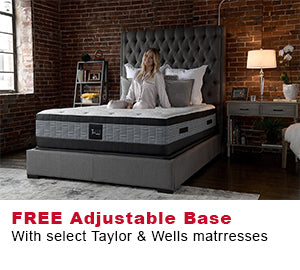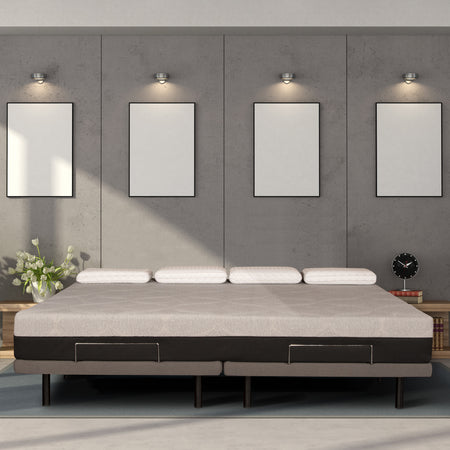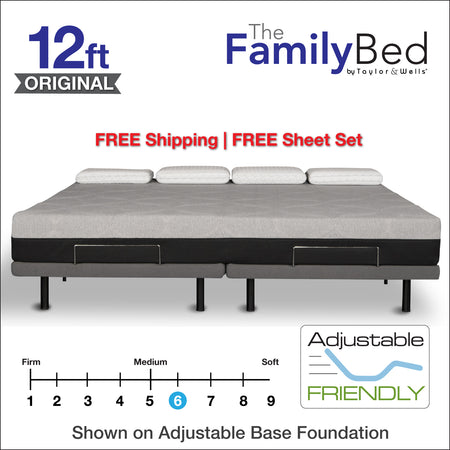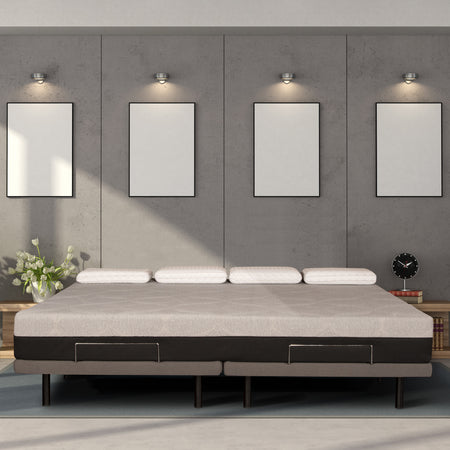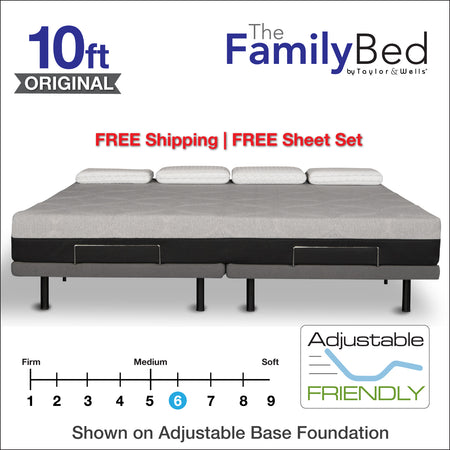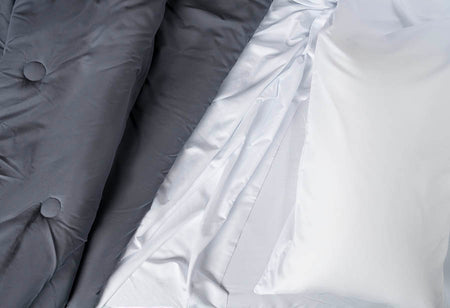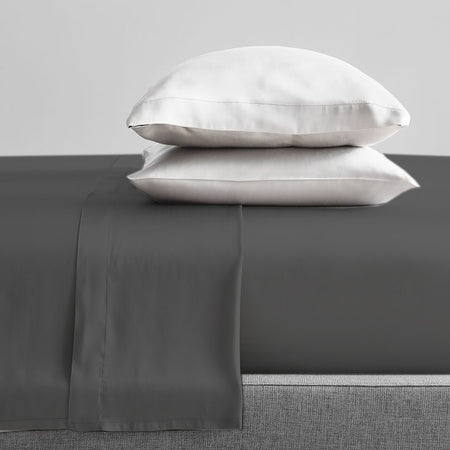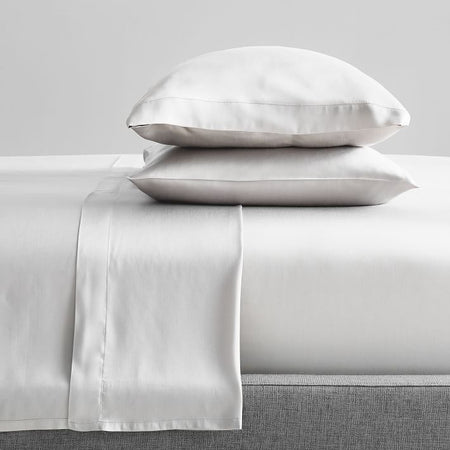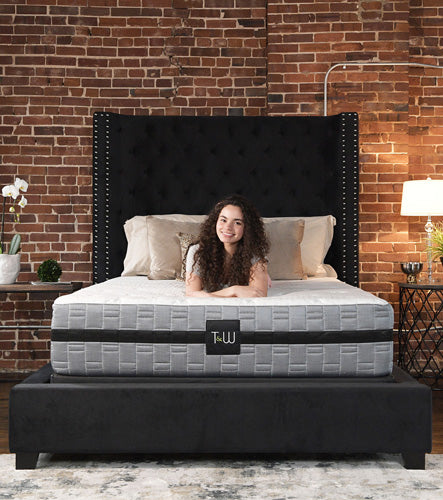A mattress is a major investment. It also plays a crucial role in determining the quality of your sleep and, by extension, your overall quality of life. But with different types of mattresses in the market, trying to narrow down your options by quality, cost considerations and comfort can feel overwhelming.
So if you find yourself wondering whether to go for a memory foam or spring mattress, you’re not alone. This guide will simplify the process and make it easy to find a mattress that matches your unique sleep preferences and needs.

Memory Foam Mattresses
Memory foam mattresses are made from polyurethane materials, with added ingredients to increase the viscosity and density. They are designed to contour to your body’s shape for pressure relief and support.
These mattresses are typically composed of multiple layers, each serving a specific function to enhance comfort and support. The comfort layer, which sits at the top, is made of pliable memory foam and conforms to fit your body and relieve any pressure. The base layer lies at the bottom and supports everything. It’s built with sturdy materials to prevent sagging.
Benefits of Memory Foam
- Pressure relief and body contouring: Memory foam excels at evenly distributing body weight across the mattress surface. This greatly reduces pressure points, particularly in areas such as the hips, shoulders, and lower back, resulting in a comfortable and pain-free sleep experience.
- Very good motion isolation: Memory foam's capacity to isolate motion means that when your partner moves or shifts during the night, you're less likely to feel those movements. This is especially beneficial for light sleepers who share a bed.
- Mattress longevity: Quality memory foam mattresses are designed to last. Quality ones like high-density polyfoam are engineered to resist sagging and deterioration and can maintain their shape and support for 6 to 8 years. Many reputable memory foam mattresses come with lengthy warranties as a testament to their durability.
Drawbacks of Memory Foam
- Heat retention: One common concern with memory foam is its tendency to retain heat. The dense structure of memory foam can trap warmth, potentially causing discomfort for those who sleep hot. But newer designs now incorporate cooling technologies to address this issue.
- Off-gassing: When memory foam mattresses are new, they emit a chemical odor known as off-gassing (for about 1-3 days). While this smell usually dissipates over time, it can be bothersome initially. Proper ventilation can help accelerate the process.
- Initial cost (From $300 to $3000): Memory foam mattresses, especially those of higher quality, can be more expensive upfront compared to spring mattresses. However, many buyers view this as a long-term investment in their sleep quality and overall health.
Suitable Use Cases for Memory Foam
- Memory foam's remarkable pressure-relieving properties make it an excellent choice for individuals dealing with conditions such as arthritis or chronic back pain. The even weight distribution reduces stress on sensitive areas, potentially alleviating discomfort.
- If you are easily disturbed by your partner's movements during the night, memory foam can be a savior. Its motion isolation capabilities ensure that you experience minimal disruptions, allowing for a more restful sleep.
- For those seeking a mattress with longevity and durability, memory foam is often a wise investment, as it retains its shape and support over an extended period.
Spring Mattresses
Spring mattresses, also known as innerspring mattresses, are a traditional type of mattress that incorporates a system of coils or springs as their core support structure. These coils are usually made from steel and are strategically arranged to provide varying levels of support and comfort. The design and number of coils can differ among spring mattresses, leading to variations in firmness and responsiveness.
These mattresses typically consist of several layers, including the coil system, comfort layers (which can include foam or other materials), and an outer fabric cover. The combination of these components determines the overall feel and performance of the mattress.

Benefits of Spring Mattresses
- Support and firmness options: Spring mattresses offer a wide range of firmness options, making it easier to find one that suits your personal preferences and sleeping style. Whether you prefer a plush, medium, or firm mattress, there's likely an innerspring option that matches your comfort needs.
- Temperature regulation: The open structure of spring mattresses promotes better airflow compared to denser foam materials like memory foam. This improved breathability helps dissipate heat, making spring mattresses a good choice for those who tend to sleep hot.
- Cost-effectiveness (From $300 to 5,000): Spring mattresses can be more budget-friendly than memory foam or other specialty mattresses. This affordability makes them accessible to a broader range of consumers.
Drawbacks of Spring Mattresses
- Unlike memory foam, spring mattresses are more susceptible to transferring motion. When one person moves or shifts position during sleep, the movement may be felt on the other side of the bed. This can potentially disrupt sleep for couples.
- Spring mattresses generally have a lifespan of about 8 to 10 years. Over time, the coils can wear out, leading to sagging and reduced support. Limited pressure relief: While spring mattresses offer a range of firmness options, they may not provide the same level of pressure relief as memory foam. Individuals with specific pressure points or chronic pain conditions might not find the necessary comfort, support and sleep posture from spring mattresses.
Suitable Use Cases for Spring Mattresses
- If you enjoy the classic feel of a mattress with a bit of bounce and responsiveness, a spring mattress may be the better choice for you. The coil system provides a more traditional sleeping experience.
- Spring mattresses are often the go-to option for individuals on a budget. They offer a comfortable and supportive sleeping surface without the high cost associated with some other mattress types.
- Spring mattresses are also suitable for situations where you need a mattress for a shorter duration, such as a guest room or a temporary living situation. Their affordability makes them a practical choice for such scenarios
Which is Better: Memory Foam or Spring Mattresses?
The choice between memory foam and spring mattresses depends on your sleep preferences, needs, and priorities. Neither type is universally better than the other; instead, they each have their own set of advantages and drawbacks. But generally, lightweight and side sleepers who need to sink into the mattress more so their shoulders and hips align prefer memory foam mattresses.
On the other hand, heavier-weight and stomach sleepers who want a firmer, more responsive surface tend to incline toward innerspring mattresses. At Bedding Mart, you have the unique opportunity to explore both mattress types and find the perfect match for your specific sleep needs and preferences.

